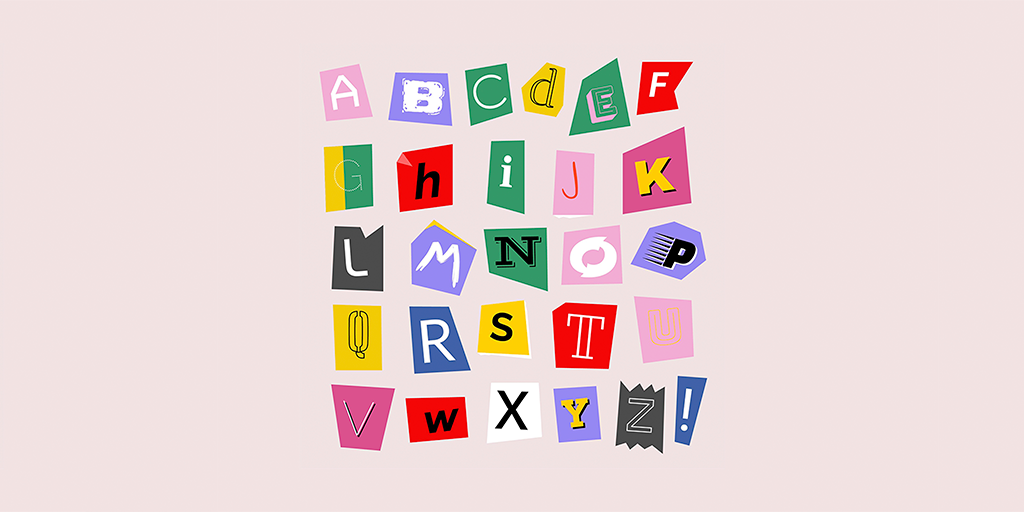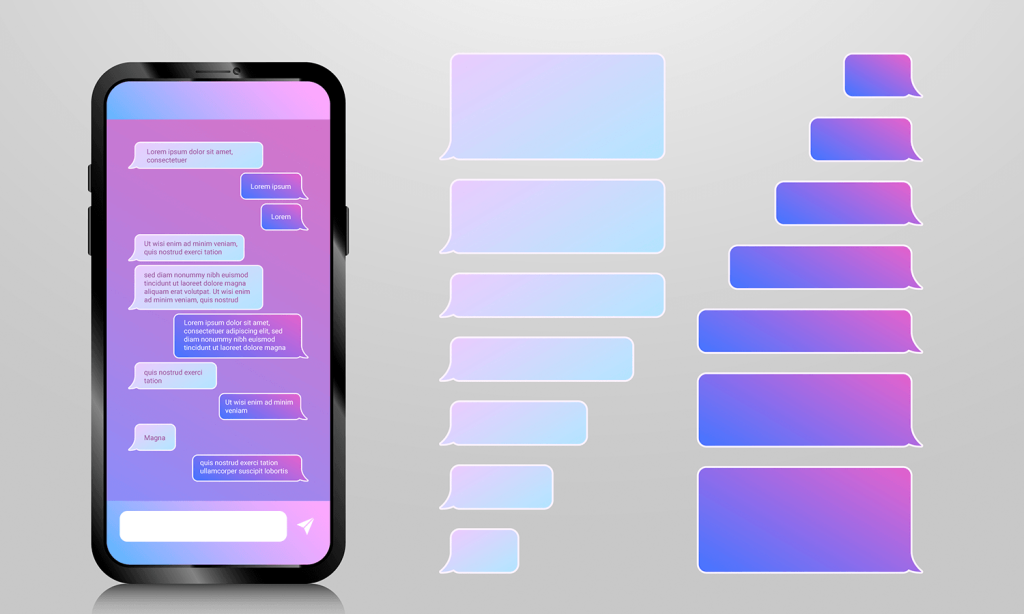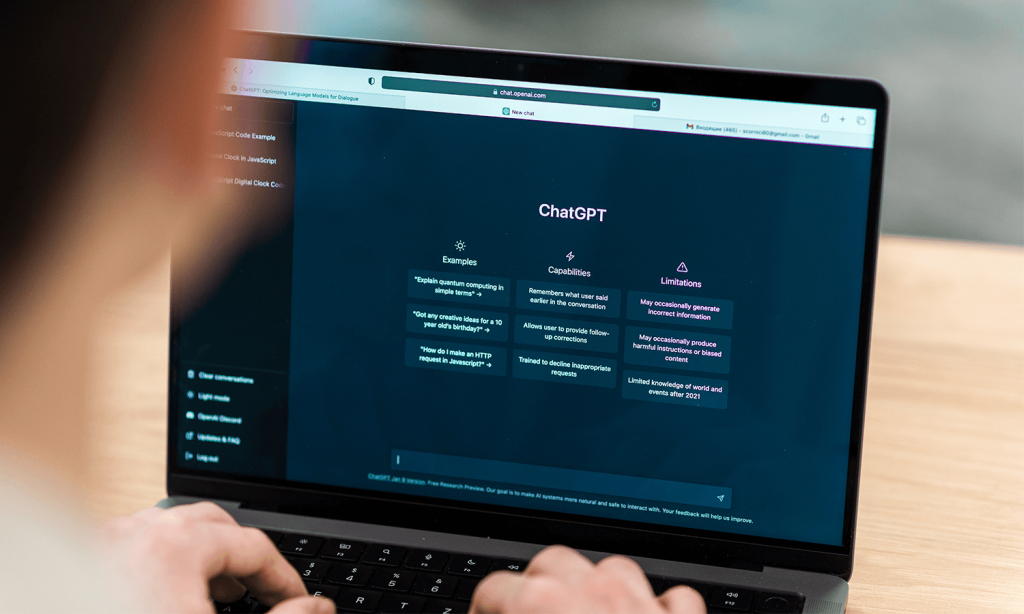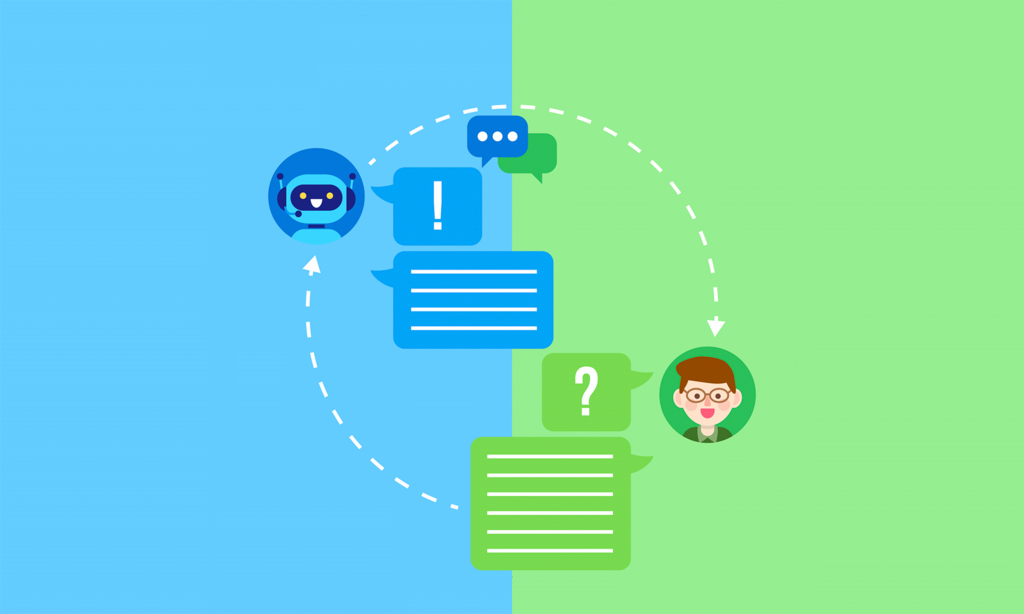
–Expletives in Language | Image by The Alphabet
key Points
- Research explores if children differentiate between expletive usage and meaningful word application.
- Findings reveal children’s preference for expletive interpretation, showing understanding of formal roles with minimal meaning.
Supported by the prestigious 2022 Levitan Prize in the Humanities, the prominent MIT Language Acquisition Lab embarks on a comprehensive and intriguing exploration into the complex realm of children’s comprehension of “expletives” — those enigmatic words that appear devoid of apparent meaning.
At the helm of this groundbreaking initiative stands Associate Professor Athulya Aravind, a renowned Levitan Prize recipient and an accomplished linguistics PhD graduate from MIT in 2018.
Aravind’s compelling study delves deep into the intricate landscape of children’s evolving linguistic apprehension. The study’s focus revolves around the nuanced development of language structures, the art of interpretation, and the practical applications of language within real-life conversational contexts.
Investigating Language Acquisition
To illustrate the phenomenon, consider the seemingly mundane English sentences such as “There is a book I would like to write” or “It is clear that the book will be fascinating.” These examples, while grammatically sound, showcase the words “there” and “it” contributing very little to the meaning but adhering meticulously to the structural constraints of the language.
What truly ignites curiosity is the enigma of expletives, for they starkly deviate from the conventional assumptions governing the process of word learning — Word learning typically involves linking word forms with meanings through a mapping process.
As Aravind elucidates, “Expletives are immediately interesting as they clearly don’t conform to this assumption. In this project, we aim to ascertain how children learn expletives. We hope this might show something about the nature of these elements and also about the assumption that word learning involves mapping form to meaning.”
At the core of this study lies an intricate exploration — do young children possess the cognitive prowess to tell the difference between the application of expletives and the usage of words with inherent meaning? This investigative journey dives into the very heart of children’s linguistic comprehension.
For instance, during the study, children encounter sentences like “It is fun to roll.” Here, they are tasked with decoding the intended meaning behind the words. Is someone finding joy in rolling on the ground or experiencing cheer in the act of rolling a snowball?
Children's Understanding, Lab's Work, and Future Potential
The intriguing outcome reveals that children not only adeptly understand both connotations but remarkably display a distinct preference for interpreting “it” as an expletive. This highlights an innate understanding that certain words fulfill formal structural roles while carrying minimal intrinsic meaning.
A significant facet of the narrative involves the co-direction of MIT’s esteemed Language Acquisition Lab. This collaborative endeavor sees Aravind alongside Associate Professor Martin Hackl, both driven by an unquenchable passion to untangle the intricate web of children’s language acquisition.
As the spotlight shifts towards the ever-expanding domain of large language models, Aravind’s emphasis lies on the urgency for further exploration, striving to draw insightful and meaningful cross-species comparisons that ultimately unlock the intricacies surrounding human language acquisition, juxtaposed against the realm of AI models.
Guided by meticulous case studies, the lab adroitly navigates through specific linguistic domains, weaving a tapestry of understanding while deploying a harmonious mix of online and in-person methodologies to gather a comprehensive corpus of data.
It’s worth noting that the catalyst for this multi-year intellectual odyssey stems from the invaluable Levitan Prize funding — the fuel propelling this undertaking towards its potential evolution into a significant grant proposal. This exciting prospect widens the horizons of comprehension, breathing new life into the realm of language acquisition studies.
This research helps us understand more about how kids learn language and how it’s different from what computers can do. Aravind and Hackl’s collaboration seeks to shed light on these intricate processes.



